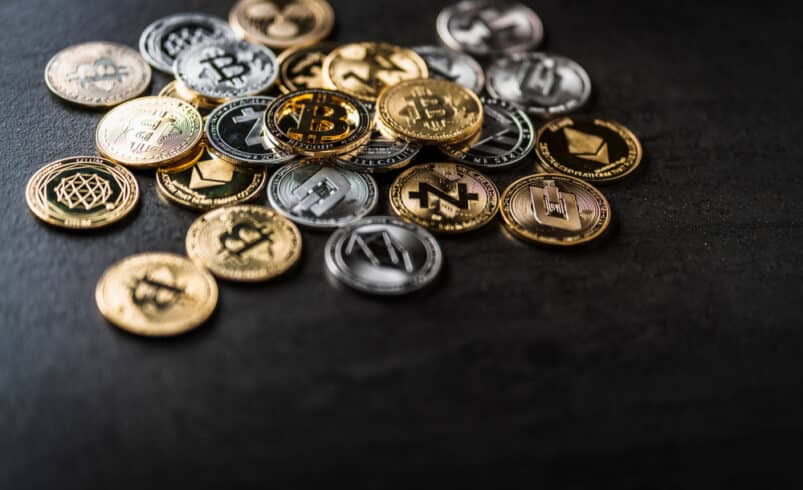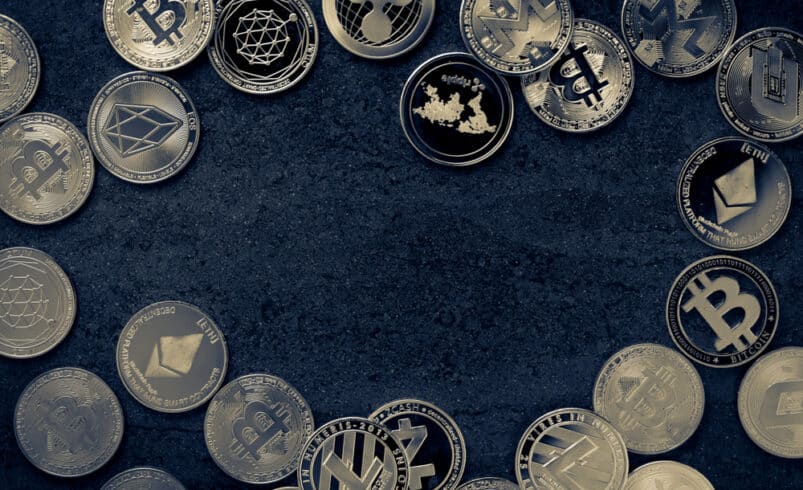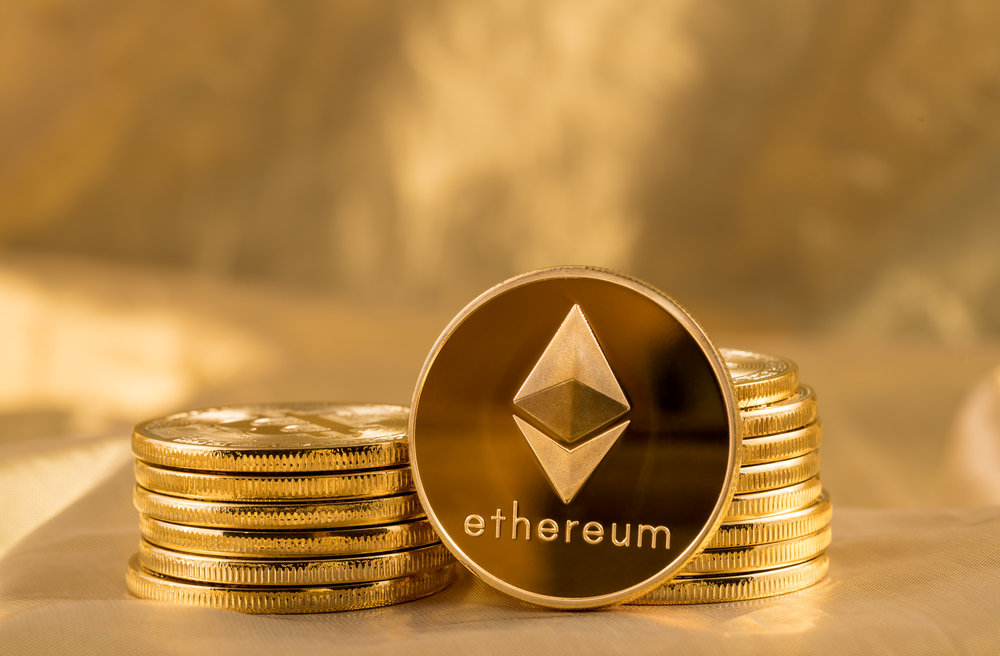Everything You Need To Know About Initial Coin Offering (ICO)

What is an ICO?
ICOs stand for Initial Coin Offering. They are cryptocurrency giveaways when a new project is starting out. However, ICOs do not distribute cryptocurrencies for free among investors.
The goal of an ICO is to collect funding from the investors in order to gather funds from potential investors. ICOs are a type of crowdfunding event that allows cryptocurrency startups to increase the value of their presale tokens.
History of ICOs
ICOs were popularized when Ethereum organized a successful crowdfunding event in 2014. The project was able to raise around $15.5 million in funding during this ICO. During the event, Ethereum distributed around 50 million ETH tokens among investors for a unit price of $ 0.311.
In May 2021, per unit price of ETH reached an ATH of $4,382.73 per unit. In this manner, the investors who participated in ETH ICO gained around 1,408,903% return on their investment.
Since that time, Ethereum has utilized the funding raised during the ICO to become a decentralized application development and hosting network. However, the first ever ICO can be traced back to 2013 when J.R. Willet published a whitepaper called The Second Bitcoin White Paper.
This paper was later retitled as the Omni Layer. This product raised around $600,000 in funding. In 2014, various ICOs collectively raised around $30 million.
In 2016, a total of 43 ICOs took place with projects like Waves, Lisk and Golem raising around $256 million in token sales. During the same year The DAO project also organized an ICO. In 2017, ICOs peaked with 342 projects issued collectively raising around $5.4 billion in funding.
Legislative Restrictions on ICOs
The visible rise in ICOs was followed by increased scrutiny from the regulators. On this account, the Securities and Exchange Commission issued a statement in 2017 that warned the startups from issuing digital tokens in the form of unregistered securities.
The regulator maintained that any firms found in violation of the Securities Act are going to face punitive charges.
Financial regulators hailing from Australia, UK, and a host of other nations also issued warnings to retail investors about the hazards of participating in unregulated ICOs. Meanwhile, in Asia nations such as South Korea and China imposed a blanket ban on ICOs.
Thailand also imposed a temporary ban on all token offering in the region until the regulators issued a comprehensive regulatory framework to cover ICOs.
Risks Associated with Investing in ICOs
Token offerings issued during the ICOs are often classified as high-risk assets. Therefore, they are often limited to investors with big risk appetites.
The investors must make sure that the ICOs allow the investors to interact with the issuers of the project.
The investors must review and read the white paper issued prior to the ICO to ascertain that the success of the project is viable and it covers all the technical and financial aspects of the project and contains a solid roadmap for future development and success.
The investors must make sure that the project has conducted technical audit from one or more third-party cybersecurity firms to ensure that it does not contain obvious technical blind spots.
Investors should visit the website and other online information boards for a given ICO in order to make sure that there are no grammar mistakes. Such errors are characteristic of fraudulent projects.
The investors should conduct research on the background of the investors who are responsible for organizing the ICO. As a way to make sure that they have a proven track record and a goodwill among investors.
The investors must make sure that the token issued during the ICOs does not grant massive token reserves to questionable entities that may perpetrate massive coin sell offs that can impact the price of the token negatively.
Conclusion
ICOs are a great way for startups and other cryptocurrency entities to gather funding from potential investors. However, the industry is plagued with a history of scams that have increased its risk potential.
Therefore, investors must make sure that they are able to scan the given token project for associated risks in order to safeguard against frauds and loss potential.












